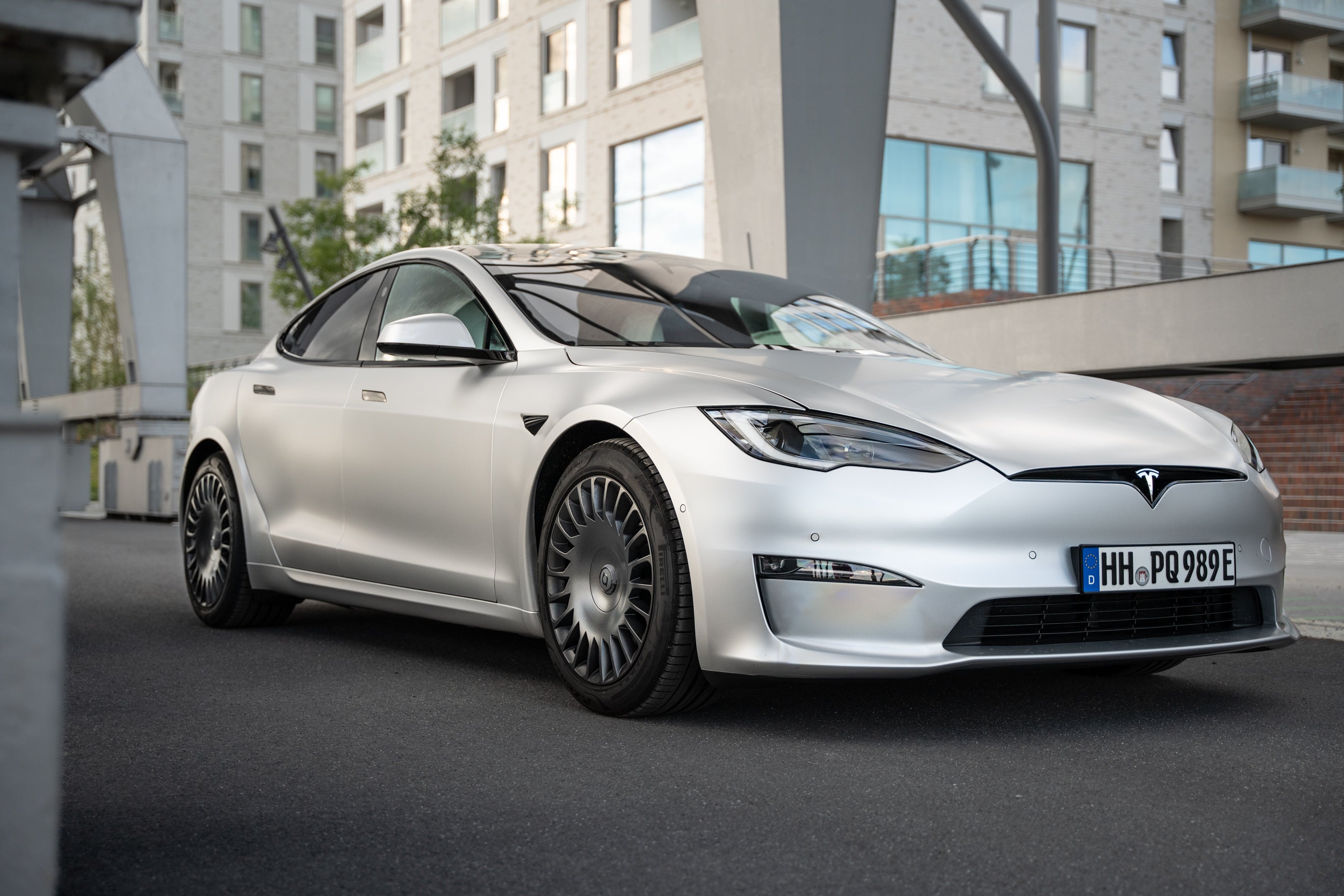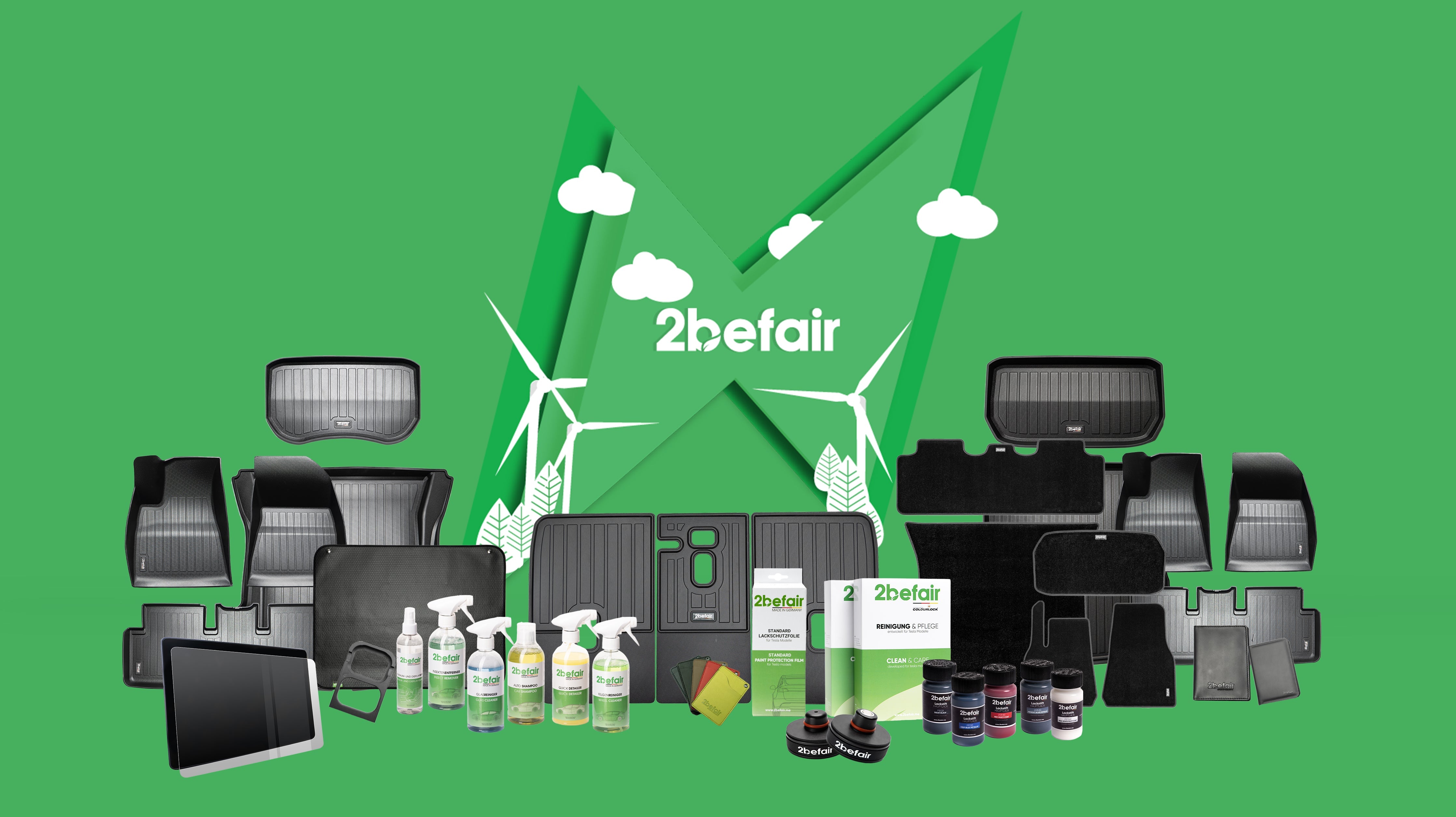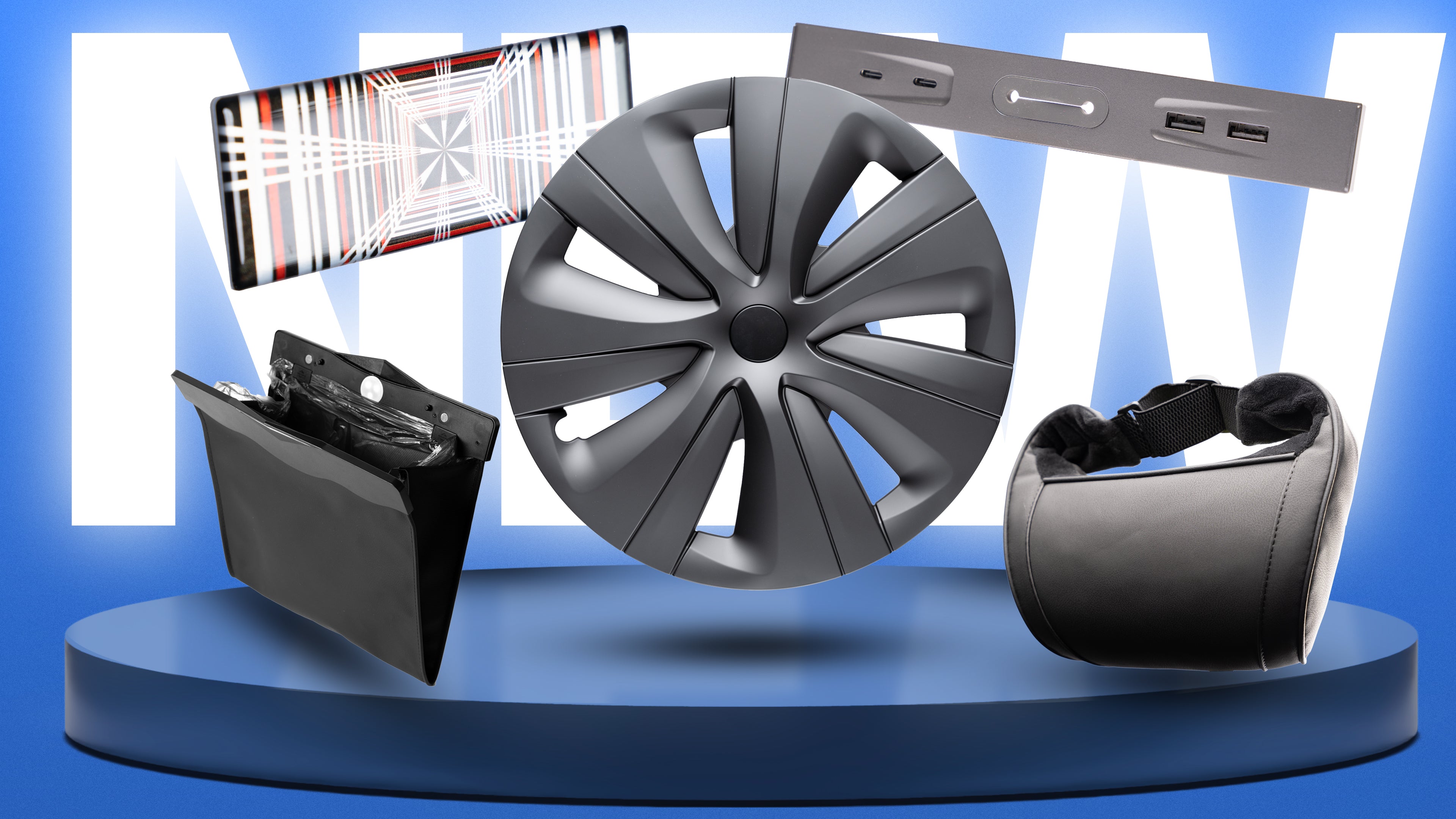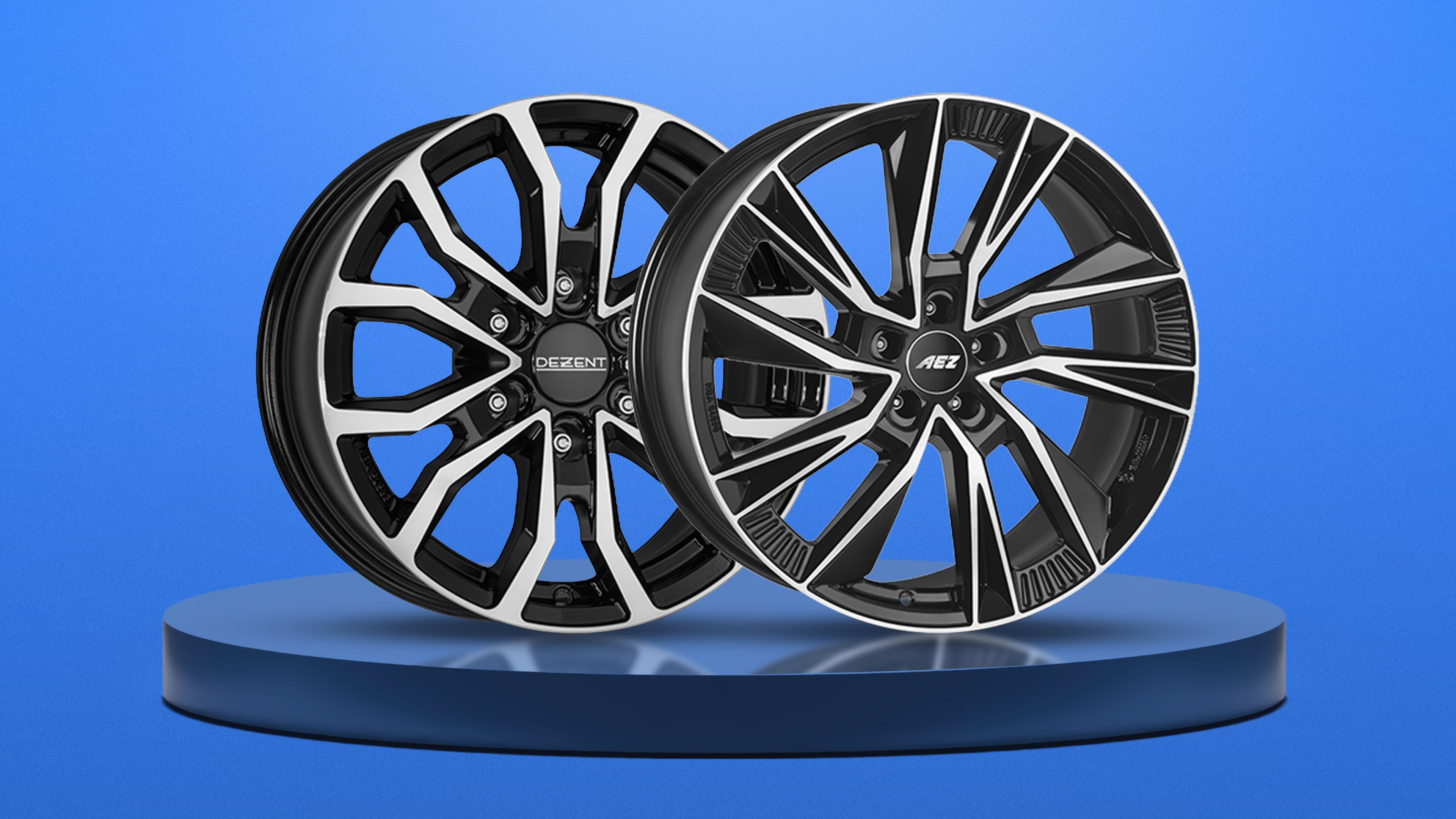Two manufacturers particularly dominate the global market for electric cars: Tesla and BYD. They pursue very different approaches in battery technology. A research team has now painstakingly dismantled cells from both brands and brought exciting insights into structure, performance, and costs to light. What does this mean for the future development and production of e-car batteries?
Tesla's 4680 vs. BYD's Blade: Size, Chemistry, and Structure
Form Factor and Energy Density
- Tesla 4680: Round cells (46 mm diameter, 80 mm height), which achieve a high energy density of about 241 Wh/kg and are particularly designed for cooling efficiency.
- BYD Blade: Large, flat, rectangular cells with an energy density of around 160 Wh/kg. They rely on the space-saving "Blade" format to compactly fit as many cells as possible into the vehicle.
Cathode Chemistry
- Tesla: Nickel-Manganese-Cobalt (NMC 811), which contributes to a higher energy density.
- BYD: Lithium Iron Phosphate (LFP) – cheaper and more durable, but with less range per kilogram.
Proportion of "Passive" Components
In both cell types, housing, wiring, and connections account for about 40% of the total weight. Researchers were surprised that BYD's Blade design is a space-saving idea, but the weight advantages cannot be fully compensated by the LFP system.
Potential for Further Improvements
No Silicon Anodes
Neither Tesla nor BYD are yet using silicon in their anodes, although this could significantly increase energy density. Experts see great potential for future optimizations here.
Thermal Losses and High-Current Design
While Tesla's large metal casing is intended to ensure rapid heat dissipation and thus ideal conditions for fast charging, tests still showed relatively high heat losses. However, there are already further developed 4680 versions that could mitigate this.
Costs and Future Perspectives
- Tesla 4680: About €37/kWh – higher price, but higher power density.
-
BYD Blade: Cheaper at about 25 €/kWh, durable and safe, but with lower energy density.
Despite emerging innovations like solid-state batteries, NMC and LFP systems still have great potential in the mass market for years to come, according to experts.
Conclusion: A lot of movement in the battery industry
The analysis of the 4680 and Blade cells shows that even the current leading manufacturers still have significant optimization potential. The trend is clearly towards better energy density, simplified production, and further cost reduction. For vehicle manufacturers in Europe, this could be a wake-up call to be bolder in experimenting with new battery concepts and to start mass production more quickly. It is certain: Both Tesla and BYD will continue to refine their battery technology in the coming years to secure their respective market positions.







































